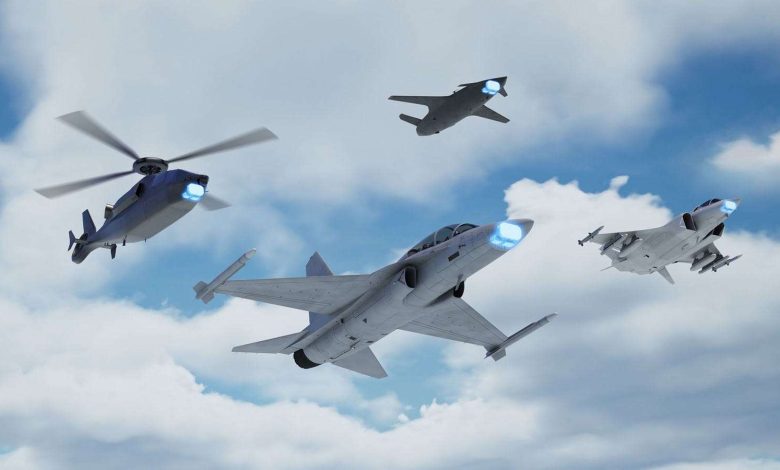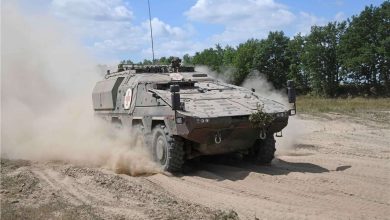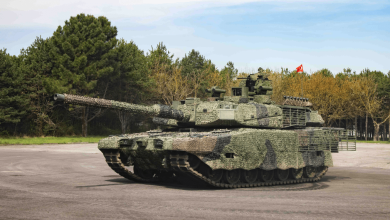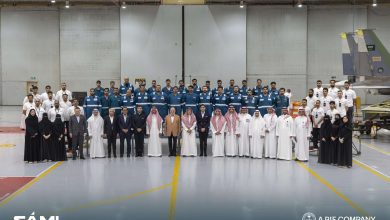
“Navigating Tomorrow: How Raytheon’s PhantomStrike Radar Transforms Fire Control”
Raytheon, a division of RTX (NYSE: RTX), has successfully executed the inaugural flight assessment of its PhantomStrike radar on the Multi-Program Testbed aircraft situated in Ontario, California. PhantomStrike proficiently monitored several airborne targets and accurately mapped the terrain.
PhantomStrike represents an innovative fully air-cooled fire-control radar tailored for long-range threat detection, surveillance, and targeting. At almost half the cost of a traditional fire control radar, it delivers outstanding radar efficacy owing to its swift, more dynamic digital beam, superior target discrimination, and robust resistance to signal jamming.
“The threat environment is evolving, and this assessment highlights how PhantomStrike can improve situational awareness for a broader range of our partners and allies – providing unmatched performance and the potential for U.S. weapons integration – all at an economical price,” remarked Bryan Rosselli, president of Advanced Products and Solutions at Raytheon. “This next-gen radar fundamentally shifts our methodology in identifying and tackling threats.”
PhantomStrike employs gallium nitride (GaN) technology, empowering aircrews to detect threats over greater distances. It is engineered for various platforms, encompassing uncrewed systems, light-attack aircraft, fighter jets, helicopters, and land-based configurations. It embodies the fire control capabilities of a fighter aircraft in its most compact form – weighing nearly half that of a contemporary active electronically scanned array (AESA) radar.
The fabrication of these radars takes place in Forest, Mississippi; Tucson, Arizona; and Scotland, with support from Raytheon UK.






